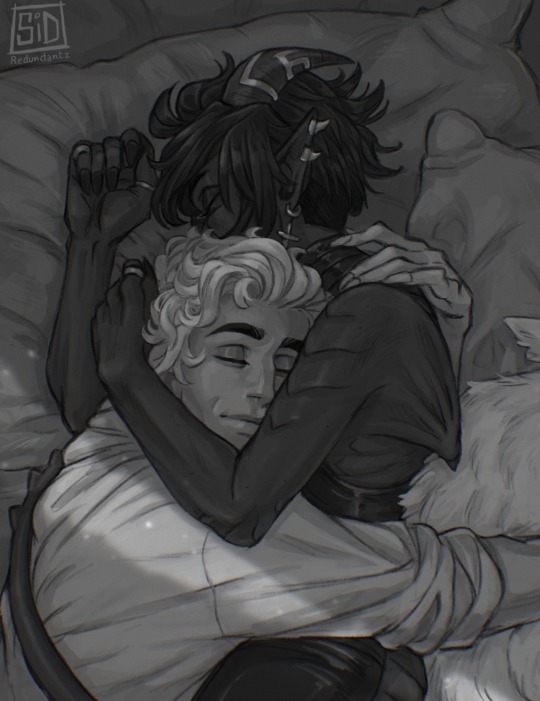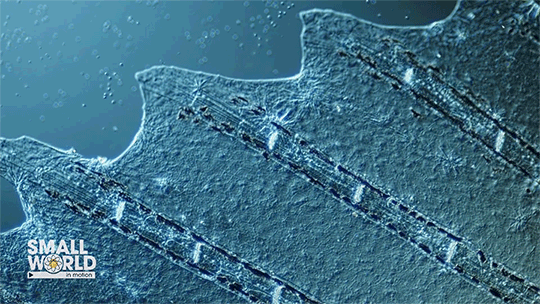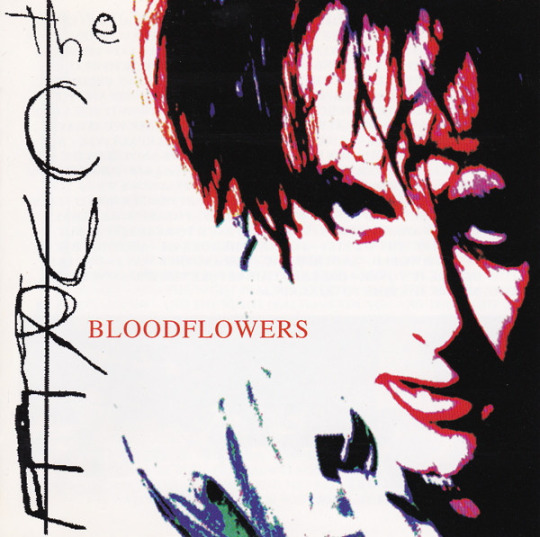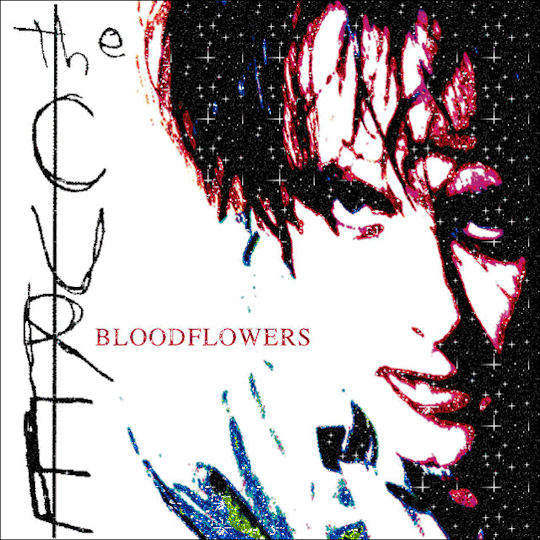#bloodflowing
Explore tagged Tumblr posts
Text

cuddle time
love scene challenge
#astarion#bg3#baldurs gate 3#astarion x tav#tavstarion#faetheri#love scene challenge#my art#redundantz art#baldurs gate#tav#astarion x faetheri#I like to think shes warmer than average since she is a Asmodeus Tiefling. (not Karlack levels though LOL) 🔥#and he's probably colder than usual since he doesn't have a heart beat(? bloodflow??) unless he has fed recently
4K notes
·
View notes
Text
viktor is the type of boyfriend to weaponize his cold as fuck hands and feet in bed just to fuck with jayce and jayce is the type of boyfriend to grit his teeth and hold onto whatever extremity he’s being attacked with like his life depends on it in the hopes he can direct all the warmth in his body into heating up viktor’s chronically freezing hands and feet
#Terrible Bloodflow McGee x human space heater#viktor would honest to god just be doing it for funsies but more and more would end up like. genuinely grateful for the help and care#jayvik#arcane#rambling
211 notes
·
View notes
Text
Blood Flow in a Fin

This award-winning video shows blood flowing through the tail fin of a small fish. Cells flow outward in a central vessel, then split to either side for the return journey. (Video and image credit: F. Weston for the 2023 Nikon Small World in Motion Competition; via Colossal) Read the full article
624 notes
·
View notes
Note
I imagine Vasco puts up his ears in a ponytail when the get in the way
(Machete is just like O.O bc his ears dont/cant do that bc it would hurt)





#they are good hands! sometimes stuff just works out better than expected I love it when that happens#I think I mentioned this before but the ears are living tissue and putting them in a ponytail would probably restrict bloodflow#so it would get uncomfortable#but he would look cute!#they both are#thank you!#answered#anonymous#shydeerwolf#gift art#own characters#Vasco#Machete#it took me a while to figure out what 'Machete's gay guidebook' could possibly mean
314 notes
·
View notes
Text

""If you die", you said, "So do I", you said But it ends the day you see how it is There is no always forever, just this, just this"
#signalis#signalis fanart#signalis art#ariane yeong#ariane#ariane signalis#the cure#bloodflowers#there is no if#cobaltfish#fanart
28 notes
·
View notes
Text


✮₊˚⊹ 𝑡ℎ𝑒 𝑐𝑢𝑟𝑒 – 𝑏𝑙𝑜𝑜𝑑𝑓𝑙𝑜𝑤𝑒𝑟𝑠 ₊˚⊹ ✮
210 notes
·
View notes
Text
Where my fellow Phainon/Mydei/Castorice soldiers at?
#i will take poly and mash the ships together#phaidei#castordei#... and i don't know the ship name for castorice/phainon won't a kind soul please enlighten me#sunlit bloodflower#< ship name i'm using for the ot3 till i can find a combination of all 3 names i'm satisfied with#until then we poetic about it#castorice and her hype squad who are also her boyfriends. yeah.#she deserves the world so i'm giving her TWO boyfriends#they can get competitive about it so she feels extra loved even#'ray this is the sixth time you've gone and shipped a poly ship in hsr' AND IT WON'T BE THE LAST! THAT'S A PROMISE BABY!!#hsr#ray's records
48 notes
·
View notes
Text






there is no if, just and.
#i might seem crazy for thsi but trust me trust me the lyrics r so literal here#but also from a chainshippibg pov they (the lyrics) have me in anguish#.txt#chainshipping#adam stanheight#lawrence gordon#saw 2004#saw#also the song is there is no if by the cure btw <3#off of the album bloodflowers from 2000 its wonderful u should listen <3#saw posting
207 notes
·
View notes
Text
156 notes
·
View notes
Text

Mio as robert smith on the cover of bloodflowers !!!! Probably my favourite album along with wild mood swings but this covers js rlly cool and i wanted to draw her... ik u cant rlly tell its mio but its cus i wanted to make her look more like robert and make her hair messy, i might draw out my different versions of her at some point 😓😓
#k on#keion#crossover#k on mio#mio akiyama#akiyama mio#robert smith the cure#robert smith#the cure#bloodflowers#album cover#album art#music#the cure band
14 notes
·
View notes
Text


i'm not feeling my lineart today. you get scribblies
#ibis art#metalocalypse#charles offdensen#charles foster offdensen#buncha screencap redraws up top bc i want to like.#ok when i draw these guys im trying to crib the show style too much and it comes out looking kinda jank#i wanna get the Vibe of them down in my style. so i wanna do a lot of quick scribbly redraws that feel natural but still Capture the Essenc#the second one is bc i love his overcoat and scarf look so much. also ive seen vampire charles art. I Like That.#i like to imagine whatever the resurrection process was it didn't really. Fully work. he came back a little bit wrong#i think he's Extra pale and grey. skin's always cold to the touch. pulse is fluttery and hard to find. touch of grey at the temples#if he stays in one position for too long rigor mortis sets in and he makes some UNHOLY crunching and cracking noises when he moves#shaking his leg to get the bloodflow back in it while everyone looks on in horror. he shrugs. joints aren't what they used to be
32 notes
·
View notes
Text
i am bleeding like i haven't bled in ages
#plus these fuckass emotions#people how do you say you're going to miss someone so bad normally without turning it into a joke or sarcastic comment#why can't i communicate normally all these thinking about compliments & having someone so close in your personal space match your energy#banter constantly complimenting you & clicking pics almost kissing is not helping#i need to find a new crush. both them agree i am on self destruction route with this one#we'll find someone else fr#fuck these high emotions and bloodflow honestly
13 notes
·
View notes
Text

15 notes
·
View notes
Note
How do you feel about choking? I’ve always felt that it can be a lot more intimate than what porn makes it seem, like it’s just such a loving activity in my eyes
I like very mild or light choking, honestly just wrapping a hand around a sub's neck but not squeezing is enough for me. And I agree, choking is often depicted as pretty violent in mainstream porn :( also yes!! Choking can be very gentle and loving, there's something so endearing about someone trusting you to control their breathing for them, it's like the "ultimate" submissive act.
#ask#also also the way ur supposed to choke is via bloodflow not breath#which if youve ever felt is like slowly falling asleep
24 notes
·
View notes
Text

Asclepias curassavica / Tropical Milkweed at the Peace River Botanical & Sculpture Gardens in Punta Gorda, FL
#Asclepias curassavica#Asclepias#apocynaceae#Tropical Milkweed#Bloodflower#Mexican butterfly Weed#Scarlet milkweed#Milkweed#Plants#Flowers#Nature photography#photography#photographers on tumblr#Peace River Botanical & Sculpture Gardens#Peace River#Punta Gorda#Punta Gorda FL#Florida#🌺🌻
5 notes
·
View notes
Text

The Cure - Bloodflowers (2000)
#the cure gif#the cure#glittercore#bloodflowers#album covers#glitter edit#sparkle edit#glitter graphics#webcore#goth aesthetic#robert smith#alt aesthetic#fentanylaced
115 notes
·
View notes